DivX compressed files (see my playback tips
or get the free
Mac / Windows player)
MPEG 1 format. May require saving locally and activating "Play all frames" to prevent lurching during playback.
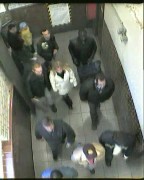
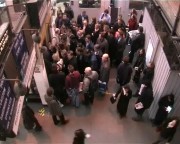
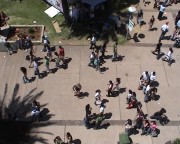
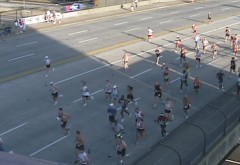
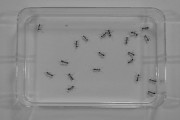
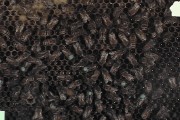
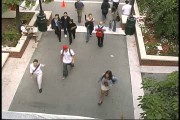
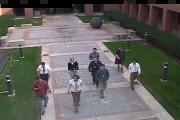
visualization of gaze-directions in crowds
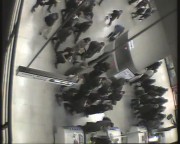
| Sequence |
Thumbnail |
(Recommended for Better Quality) DivX compressed files (see my playback tips or get the free Mac / Windows player) |
(Ok Quality, should play anywhere) MPEG 1 format. May require saving locally and activating "Play all frames" to prevent lurching during playback. |
| tunnel-A125 |  |
2.6
Mb |
3.1
Mb |
| subway-B152 |
 |
19.7
Mb |
11.4
Mb |
| Alan03 |
 |
6.1
Mb |
2.8
Mb |
| PTreeRR-801 |
 |
1.1
Mb |
2.9
Mb |
| ZiaAnts (from
ECCV04) |
 |
1.5
Mb |
3.3
Mb |
| ZiaBees (from
CVPR04) |
 |
8.6
Mb |
2.5
Mb |
| Side-by-side with
Zhao&Nevatia's CVPR'04 "Commons01" |
 |
7
Mb |
9.1
Mb |
| Side-by-side with Rittscher et
al.'s CVPR'05 |
 |
1.9
Mb |
6.6
Mb |
| escalator-A128 and sample
application for architectural visualization of gaze-directions in crowds |
 |
35.4
Mb |
13
Mb |
 "Why can't my computer play some
.avi (or .mpg, .mov, or .qt, etc.) files?"
"Why can't my computer play some
.avi (or .mpg, .mov, or .qt, etc.) files?"